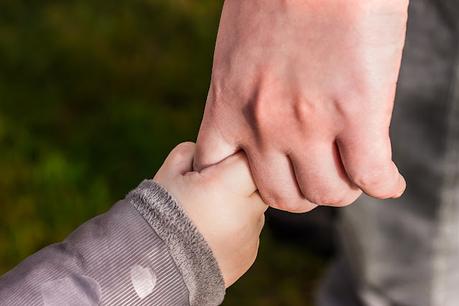
Watching parents getting divorced and adjusting to a new way of life in separate homes can be stressful for children. Adults tend to be caught up in what is happening and, without intending to, can cause stress for kids. After all, children have limited life experience, and this could be the most difficult thing to ever happen to them.
Making sure that your child processes your divorce in a healthy way is very important. As a parent, it’s your job to support them and make sure that they get the necessary help they need. Whilst the legal side of divorce can be handled by family law solicitors, it’s important for parents to concentrate on settling themselves and children in to a new way of life. Keep reading for tips on helping your child process a divorce…
How Can Divorce Impact a Child?
Divorce can impact a child in a number of different ways. There are several emotional and psychological issues to consider. It’s very common for children to feel upset and angry following a divorce. Some of them might believe that it is their fault that their parents are divorcing and then start to blame themselves for the separation.
Divorce can often create mental health problems for children. Some children become depressed, others become angry, and most experience anxiety. A divorce is a life-changing event that can shatter a child’s worldview.
How to Help a Child Process Divorce

Helping a child process divorce in a healthy way is very important. Let’s look at six things you can do as a parent to help with this process…
1. Talk With Them
The first thing you can do is sit down and have a proper conversation with your child. Depending on the age of your child, you might have to have a different type of conversation, but you need to make sure they understand what’s happening, but also that it’s not their fault. Children need to know that the decision of two people to divorce is not because of them, and both parents still love them.
2. See a Child Therapist
If your child is struggling with your divorce, enlist the help of a child therapist. It might sound cliche, but it gets results. A child therapist is trained to help children process their feelings in a safe, healthy way, which you might not be qualified to help them do.
3. Give Them Time
If your child struggles with the ramifications of a divorce, give them time to process it. Don’t expect your child to be completely okay with the divorce in a week. Sometimes, it can take months or even years for a child to fully adjust to the idea of a divorce.
4. Don’t Fight in Front of Them
Whatever relationship you have with your ex-partner, do not fight with them in front of your child. The last thing they need to see is their parents having a bitter argument on the doorstep. Keep arguments in a private setting.
5. Be Present
Try to be present for your child as the divorce begins to unfold. The last thing you want for your child is for them to become emotionally withdrawn because you’re not available to them. Make sure that you put aside some time to spend with them to help them get through this.
6. Be Reassuring
Dealing with divorcing parents is a long-term situation. As a parent, the best thing that you can do is to be present and reassuring for your child. Make sure they understand that you will always be there for them and that both of you still love them very much.
Helping Your Child Through the Process of a Divorce

Ultimately, helping a child process a divorce is difficult. There is no instruction manual on how to deal with separation, so you have to help your child find a safe, healthy approach that works for them. Whatever happens, a child needs to grow up knowing that both parents love them, so you and your partner need to agree to reinforce the same message on both sides.
